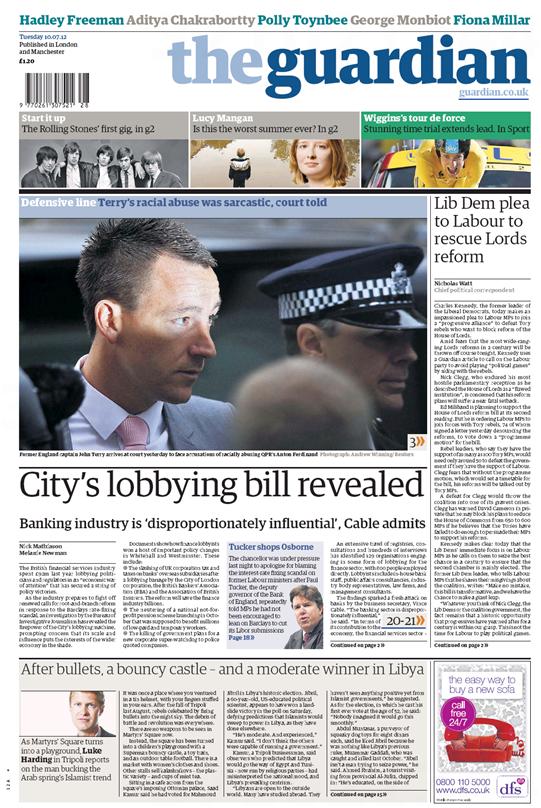Recently, following the example of Google, Twitter issued its first transparency report. This was move lauded by many and the report’s contents was heavily analysed to see which governments were making requests for details about Twitter’s users, how many they were making and how many were granted.
To properly understand this debate, however, it’s best to take a moment to really understand the two forces at its centre: transparency and privacy.
First, let’s look at transparency. In the context of this debate, transparency is usually shorthand for holding corporations and governments to account; making sure that they’re doing the right thing when holding or accessing data about us. Of course, corporations and governments need to access our data for various reasons, but we don’t want them to have too much of it. Essentially, it’s seen through the prism of personal freedom.
On the other side of this debate we have privacy. This is the domain of the individual. The debate naturally centres on people’s right to live their lives without being surveilled. There is also a distrust of the ability of companies to securely hold private data. The recent spate of data loss by companies, including big technology brands like Yahoo and LinkedIn, have served only to underline this distrust.
The dual forces of transparency and privacy have come to the fore in the internet age; simply, there is more information out there. Companies like Google have been indexing it to make it easy to find. Governments have come under pressure to make more information available. Things are harder to hide, for corporations, governments and individuals.
On social media, data is plentiful but much of it is also personal. Social media companies are constantly under pressure to ensure users are able to protect their privacy but also required by governments to prevent abuses occurring – either online or in the real world. This is when the idea of a transparency report becomes useful. It enables social media organisations to frame themselves as protectors of people’s personal information, while at the same time giving information, which they have a duty to provide, to governments and corporations. The brilliance of such reports is that they not only enable social media networks to honestly tell users about the information they disclose to others, but also allow them to show how many requests they decline. By publishing the number of requests declined, they emphasis they are on their users’ side.
Companies like Google and Twitter should be lauded for launching such reports. By letting us know how much information governments and corporations are asking for, they’re treading a fine line by complying with disclosure requirements, yet keeping governments and corporation transparent while defending individual privacy.
This piece was originally posted here on the Huffington Post UK.

